Every child is an artist. The problem is how to remain an artist once we grow up. -Pablo Picasso
October 25, 2016 marks the 135th anniversary of the prolific Pablo Picasso’s birth, long ago in Spain. Picasso was a formally educated artist, trained in prestigious, elite art schools at a very young age at his father’s insistence. If you know anything about Picasso though, you can guess just how well young Pablo fit within the box he was provided.
This Pablo Picasso quote adorns the classroom of a friend of mine who passionately believes that art speaks to students and, in turn, helps them grow and learn. Strong teachers already know the power of integrating subjects, and art is no exception. Allowing students to make connections between different content areas and their own creativity helps push their understanding deeper.
Research has consistently proven the benefits of hands-on learning. What better way to help students understand and grow than to use art? And when you combine the power of art with the power of literature to teach and explore content areas, amazing things can happen.
Think (and Teach) Outside the Box
We can learn some fantastic lessons from Picasso—and artists in general—that can help us reach all students. Just like writing and reading are not purely the domains of the homeroom teacher, drawing and imagining are not relegated to the art room. Instead, the strongest classrooms involve students using skills they’ve learned in multiple subjects—calling on their prior knowledge in creative ways to problem-solve, collaborate and create.
The real world isn’t broken down into subjects; why should our teaching be?
Don’t feel like you need to come up with this all on your own! Reach out to other teachers—what are their students learning? Here are some fun examples of art activities for using art and literature to teach content area!
Classroom Idea: Using Art + Literature to Teach Colors
Kindergarten students working on color sight words?
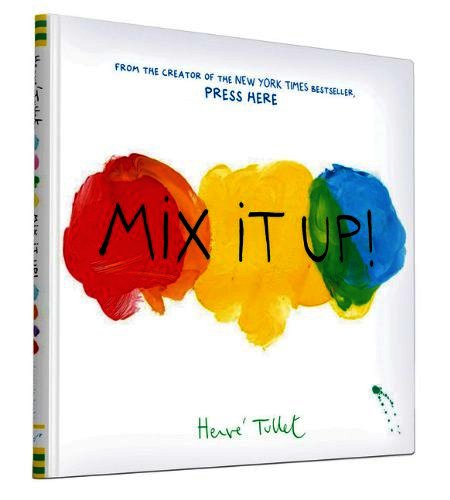 I’ve personally tackled this one and it turned out perfectly. Perfectly messy, too. After reading Herve Tullet’s delightful Mix It Up (Grades P-K) and the multipurpose (seriously!) One (Grades P-2, Lexile 360) by Kathryn Otoshi, my students placed dollops of primary colors on their papers and folded them, smushing and smashing and smearing until they opened it to see the masterpiece within. Covered with paint. Everything was covered with paint. Thick globs of red and blue, smears of purple and green, dabs of yellow. Everywhere. The tables, the chairs, the floor, . . . the students.
I’ve personally tackled this one and it turned out perfectly. Perfectly messy, too. After reading Herve Tullet’s delightful Mix It Up (Grades P-K) and the multipurpose (seriously!) One (Grades P-2, Lexile 360) by Kathryn Otoshi, my students placed dollops of primary colors on their papers and folded them, smushing and smashing and smearing until they opened it to see the masterpiece within. Covered with paint. Everything was covered with paint. Thick globs of red and blue, smears of purple and green, dabs of yellow. Everywhere. The tables, the chairs, the floor, . . . the students.
But the laughter bounced off the walls, as did the excited exclamations of the young students – “I made ORANGE!” one child shouted enthusiastically. “Yours looks like a butterfly!” another gushed.
We talked about color combinations (yellow and blue make what?!) and then students worked to label their creations (Need some scaffolding here? Give some students cut outs of the color words to glue, while more advanced students can write the words—or even sentences—themselves). Not only were we able to work on color sight words for both primary and secondary colors, they had a BLAST.
Keep your younger students engaged by offering a variety of tasks to hold their attention. A fantastic art teacher I know has her kiddos use their hands to mix colors. Start out by putting a little red in one student’s hand, a little yellow in another’s. High five time! Students think it’s cool to have paint on their hands, and they love the “magic” of making orange appear.
Other ideas include tracing color words using a variety of media—paint, marker, crayons, oil pastels or playing a game of “memory” to match colors with their color word. No matter what you do, it’s sure to be a hit!
Classroom Idea: Using Art + Literature to Teach Math
A fifth grade class working on angles?
Perfect! This can be a struggle for students, so real-life application is the key. Who knew you could use art and literature to teach math!
Grab your copies of Pablo Picasso and Math-terpieces: The Art of Problem-Solving, and get started. Students can dive right in by measuring angles in Picasso’s cubist works. Or they can measure, draw and cut out a variety of specified shapes, and then use them to design their own cubist creations, such as a self-portrait or a landscape.
I’m sure it wouldn’t surprise you that some students who may be struggling with the concepts in the math lessons will have that miraculous “ah-ha!” moment in the midst of their creation. Hands-on matters, people!
Classroom Idea: Using Art + Literature to Teach History
Middle school students learning about ancient civilizations?
First, grab some of these fantastic picture books by architect David Macaulay:
City: A Story of Roman Planning and Construction (Grades 5-8, Level X, Lexile 1100)
Castle (Grades 5-9, Level X, Lexile 1180)
Pyramid (Grades 4-8, Level X, Lexile 1110)
Then, let your students explore creating their own architectural masterpieces using a variety of medium. Work on perspective or shading in drawings, stability in sculpture or let them use their innovation and problem-solving to design a new “ancient” city.
Working in groups is a great option, too. Not only will this help students learn to synergize, but this also gets them explaining their ideas and information in a meaningful way! Really ramp up the learning by having students present their designs (in the context of the ancient civilization they’ve created or referenced) to their class in a format that works for them: an essay for the more traditional, a poem or song for the lyrically-inclined, or perhaps a video.
Allowing them to tie their creative expression to their historical studies will cement the understanding on a much deeper level.
Classroom Idea: Using Art + Literature to Teach Biography and Memoir
High school students in the midst of a biography and memoir unit?
This is an ideal opportunity for high school art and art history teachers to integrate art into what students might be learning in their English courses, or for English and language arts teachers to think outside the box and cover multiple content areas at once. Round up some fantastic biographies—I recommend using vibrant picture book editions—and let your students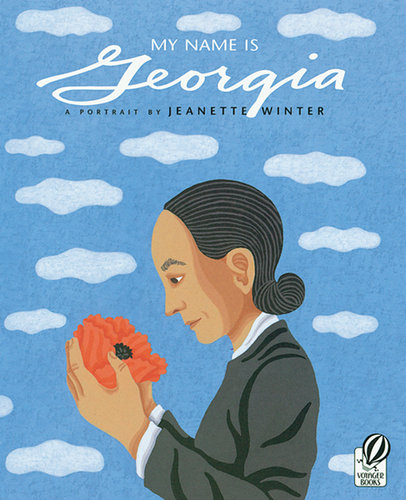 dive right in. Frida and My Name is Georgia are both great to get you started!
dive right in. Frida and My Name is Georgia are both great to get you started!
Allow your students to study the history at the time of the artists’ main periods—what around them and in their lives contributed to and influenced their art? Look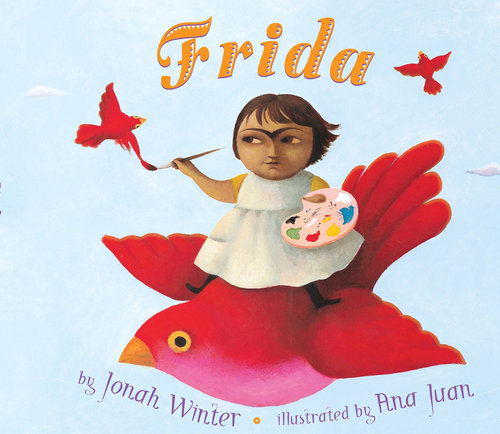 at self-portraits from a variety of art styles, from abstract to more traditional. In an art classroom, allow the students to choose a style and experiment with their own self-portrait.
at self-portraits from a variety of art styles, from abstract to more traditional. In an art classroom, allow the students to choose a style and experiment with their own self-portrait.
Another fun idea to tie in language: Students can make a silhouette and fill it with objects or words that describe their personality and express their passions and hobbies. Tie it all back together by having the students share and present their own memoirs.
Explore Your Own Creativity
You don’t need an “art book” to merge art with other subjects. The same picture books that you use to work on storytelling, writing, science, social studies and even character education can also naturally serve as a model for artistic expression.
Inspire your students to explore graphic novels for their rich and dynamic images, and create their own (choose a topic they’re learning about to tie it all together). Have them explore wordless picture books and experiment with telling a story without a single letter. There are countless opportunities for students of all ages to work on making connections between their academic and artistic studies.
Use your imagination, and help your students discover their own.


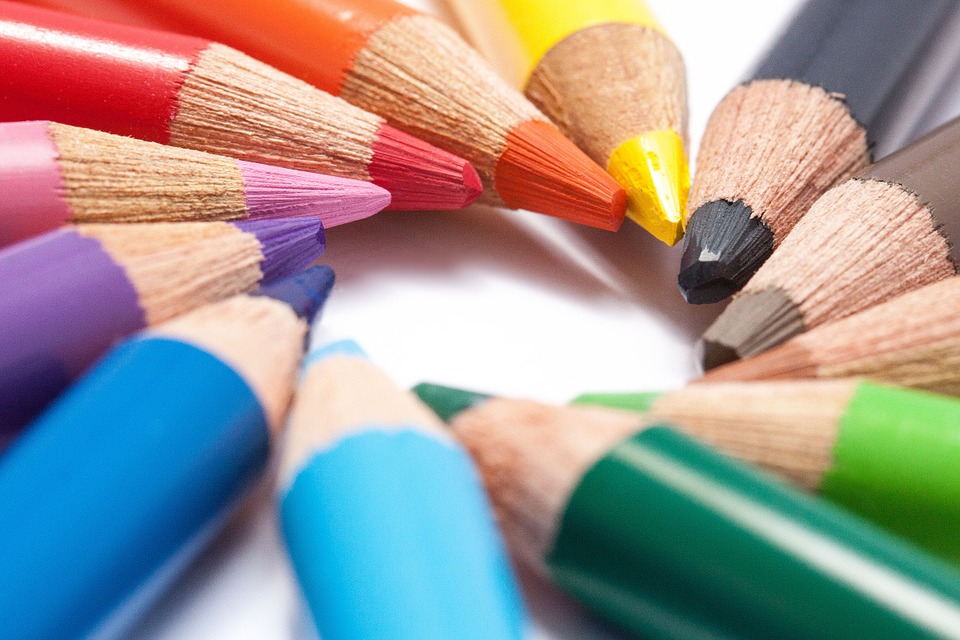
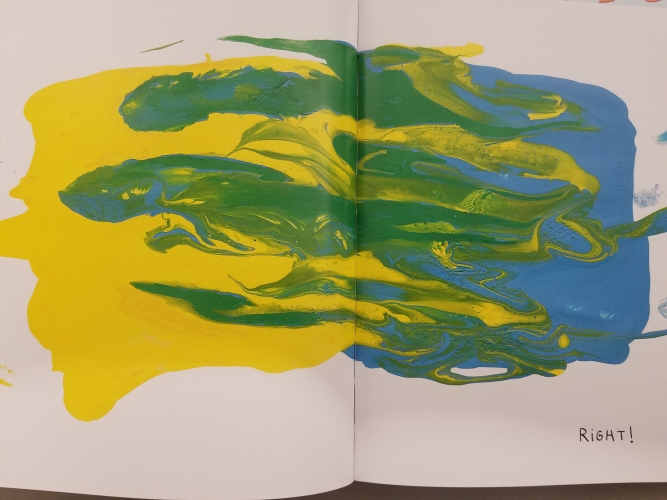
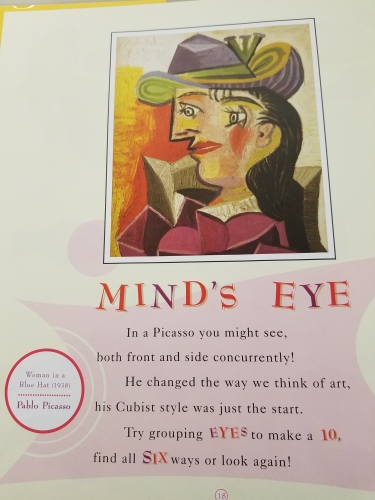
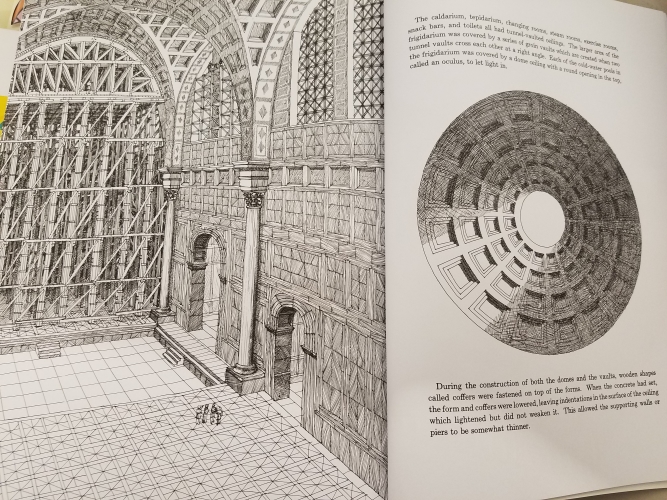
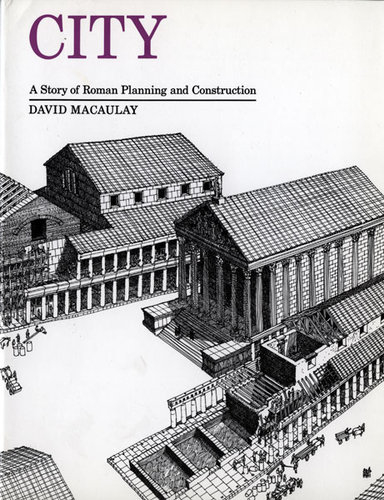
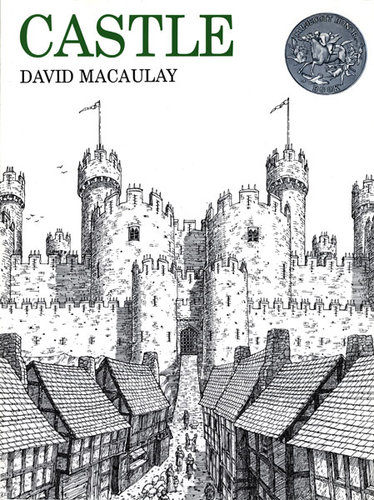
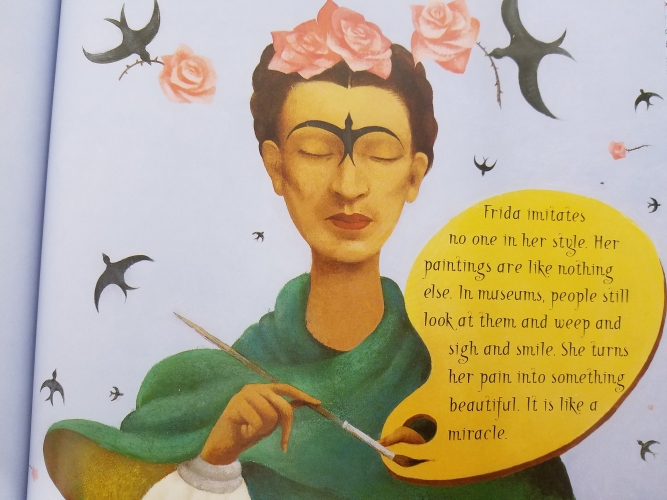

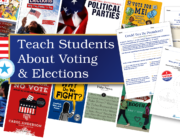
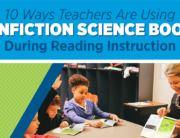
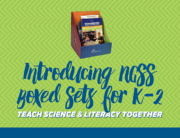
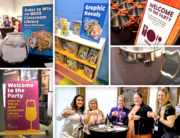
Did you just confuse Picasso with Van Gogh?? The “(the infamous ear incident ring a bell?)” pertains to Van Gogh who was an Impressionist artist, while Picasso was part of the Modern Art (Cubism, Realism) movement.